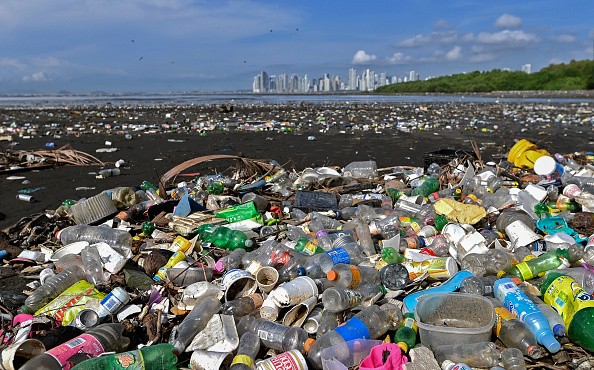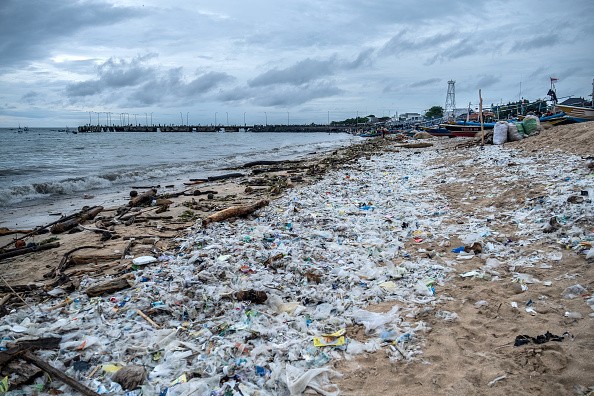Researchers have succeeded in developing a model used in monitoring the pathways and fate of plastic debris in the Mediterranean Sea from sources situated on land.

Plastic Pollution
They reveal that it is possible for plastic debris to be monitored across the Mediterranean, from beaches and surface waters to underneath the sea, estimating that about 3,760 metric tons of plastics can be presently found floating in the Mediterranean.
Since the 1950s, global plastic production has been rising every year, with the production of about 368m tons of plastic in 2019.
A greater amount of plastic waste usually ends up in oceans and seas, with estimates suggesting that over 250,000 tons of plastic debris are currently found floating all over in oceans around the world.
Published in Frontiers in Marine Science, the new study shows that a surprising amount of both microplastic and macroplastic debris can currently be found floating in the Mediterranean Sea.
Hot Spot For Plastic Pollution
A place regarded as a hot spot for plastic pollution is the Mediterranean Sea. The reason for this could possibly be because of its densely populated coastlines, tourism, shipping, fishing, and a lack of free outflow of surface water to the Atlantic.
Also, the Mediterranean is rich in biodiversity and this made it something to be concerned about for the conservation of marine ecosystems.
All levels of marine biodiversity are affected by plastic pollution, with both microplastic and macroplastic particles seen at the surface of sea, beaches, the floor of the sea, and within the bodies of large and small marine creatures. It has also been confirmed that humans take in plastic via seafood consumption.

The New Model
A new model which researchers from the Hellenic Centre for Marine Research, Greece, developed was able to track the pathways and overall fate of plastic debris in the Mediterranean Sea.
Over the period from the year 2010 to 2017, the model performed a simulation and it tracked plastics from sources on land including coastal cities and rivers, while considering crucial dispersion processes like vertical or horizontal mixing, sinking, currents and wind.
It also detected possible accumulation patterns of microplastics and macroplastics in the surface layer, the floor of the sea, on beaches, and water column.
This disclosed that the total yearly plastics load ending up in the Mediterranean is roughly 17,600 tons and about 3,760 tons are presently floating in the Mediterranean sea. 84% of the total usually end up on beaches and the other 16% ends up in the sea floor or the water column.
Dr. Kostas Tsiaras, the lead author said: "Our model showed a reasonable skill in reproducing the observed distributions of plastics in the marine environment and thus can be used to assess the current status of plastic pollution in the Mediterranean and evaluate the impact of future cleaning actions and management plans."
Related Article : More Plastics than Fishes Will Be Found in Oceans by 2050
For news, updates about plastic pollution and similar topics don't forget to follow Nature World News!
© 2025 NatureWorldNews.com All rights reserved. Do not reproduce without permission.





